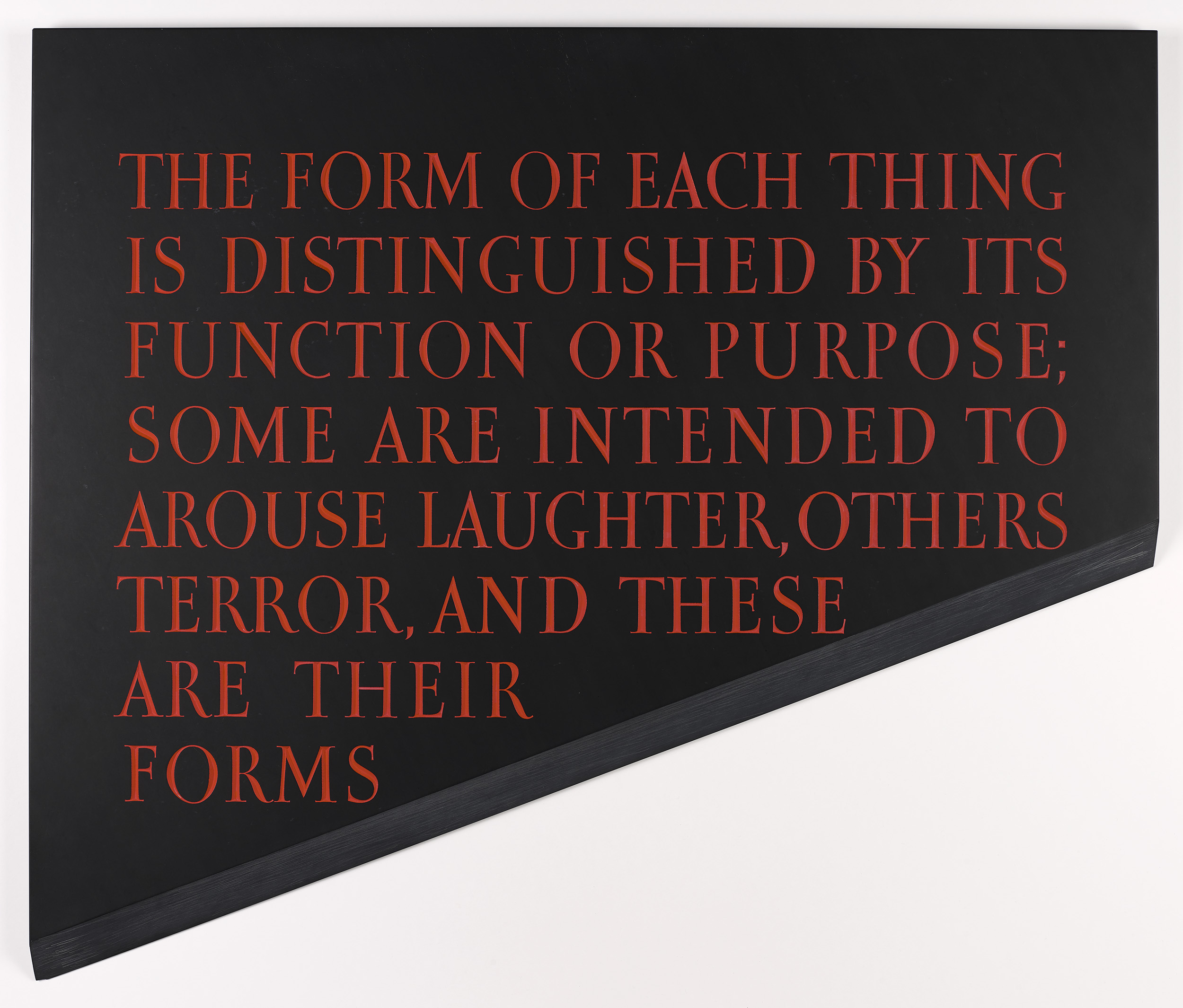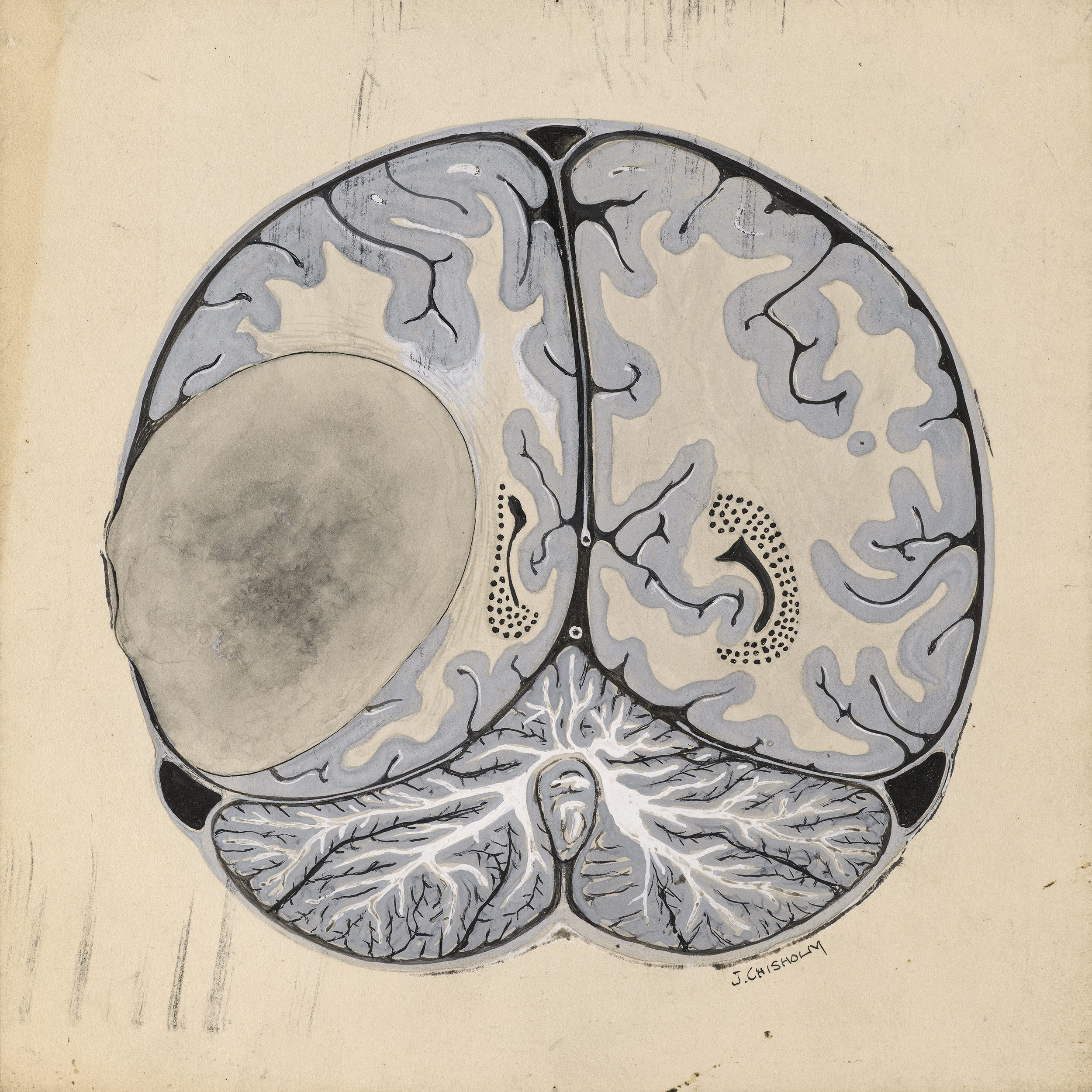











ARTISTS & ART COLLECTIONS
I work with artists to facilitate complex and differing aspects of their practice.
Working within cultural heritage I have documented many fine art works from early career to established artists’ work and historic collections.
Images in sequence:
1-4. Selected by Clare Barclay:
Sample imprint from-1865-1870. Description:
These neatly adhered and labelled fabric swatches are part of a handmade book filled with similar items created by an unknown hand. Each fabric has its own number, as does the page in question which allows the reader to easily keep track, even if these numbers have become worn over the years. There is a 5-year span in which the book was compiled and ‘published’. There is no date on this book, but it can be dated based on some fabrics with unique features.
5-7. Plaster Maquettes, Eduardo Paolozzi.
8. Four Blades, Ian Hamilton Findlay.
9-10. Withdrawn Objects, Stephanie Mann.
11-12. “Anatomical information and pathologies have been conveyed through the medium of medical illustrations for centuries. In the formative years of British neurosurgery, Professor Norman Dott (1897–1973) utilised medical illustrations as a means of documenting neurosurgical advances and conveying pathological-ana-tomical correlation. He commissioned a vast number of medical illustrations over the course of his career,ultimately producing a diverse collection of items, most of which is cared for by Lothian Health Services Archive (LHSA), Edinburgh, Scotland. In this study, the original material from Dott’s personal collection was audited. Of 172 stand-alone drawings, 84 were categorised and analysed.
The findings are a reflection of Dott’s expertise as an academic and a surgeon. Spanning the years 1925–1968, a wide range of pathol-ogies and procedures are depicted including intracranial aneurysms and their ligation, an area in which Dott was renowned for pioneering surgical advances.
The collection stands as a testament to Dott’s emphasis upon medical illustration to communicate the intricacies and complexities of his field, providing valuable insight into clinical and surgical practice in neurosurgery when the specialty was in its juvenes-cence. In order to illuminate the connections between biography and specialism that generated an extra-ordinary visual archive, this study considers the early life and work of Norman Dott and the influence of Harvey Cushing on Dott’s prioritisation of visual documentation of surgical practice.”
Photography 2014-2024 Malcolm Brown.
These images have been reprocessed, remixed and adapted from images photographed by Malcolm Brown for the University of Edinburgh Heritage Collections.
1-4. Selected by Clare Barclay:
Sample imprint from-1865-1870. Description:
These neatly adhered and labelled fabric swatches are part of a handmade book filled with similar items created by an unknown hand. Each fabric has its own number, as does the page in question which allows the reader to easily keep track, even if these numbers have become worn over the years. There is a 5-year span in which the book was compiled and ‘published’. There is no date on this book, but it can be dated based on some fabrics with unique features.
5-7. Plaster Maquettes, Eduardo Paolozzi.
8. Four Blades, Ian Hamilton Findlay.
9-10. Withdrawn Objects, Stephanie Mann.
11-12. “Anatomical information and pathologies have been conveyed through the medium of medical illustrations for centuries. In the formative years of British neurosurgery, Professor Norman Dott (1897–1973) utilised medical illustrations as a means of documenting neurosurgical advances and conveying pathological-ana-tomical correlation. He commissioned a vast number of medical illustrations over the course of his career,ultimately producing a diverse collection of items, most of which is cared for by Lothian Health Services Archive (LHSA), Edinburgh, Scotland. In this study, the original material from Dott’s personal collection was audited. Of 172 stand-alone drawings, 84 were categorised and analysed.
The findings are a reflection of Dott’s expertise as an academic and a surgeon. Spanning the years 1925–1968, a wide range of pathol-ogies and procedures are depicted including intracranial aneurysms and their ligation, an area in which Dott was renowned for pioneering surgical advances.
The collection stands as a testament to Dott’s emphasis upon medical illustration to communicate the intricacies and complexities of his field, providing valuable insight into clinical and surgical practice in neurosurgery when the specialty was in its juvenes-cence. In order to illuminate the connections between biography and specialism that generated an extra-ordinary visual archive, this study considers the early life and work of Norman Dott and the influence of Harvey Cushing on Dott’s prioritisation of visual documentation of surgical practice.”
Photography 2014-2024 Malcolm Brown.
These images have been reprocessed, remixed and adapted from images photographed by Malcolm Brown for the University of Edinburgh Heritage Collections.